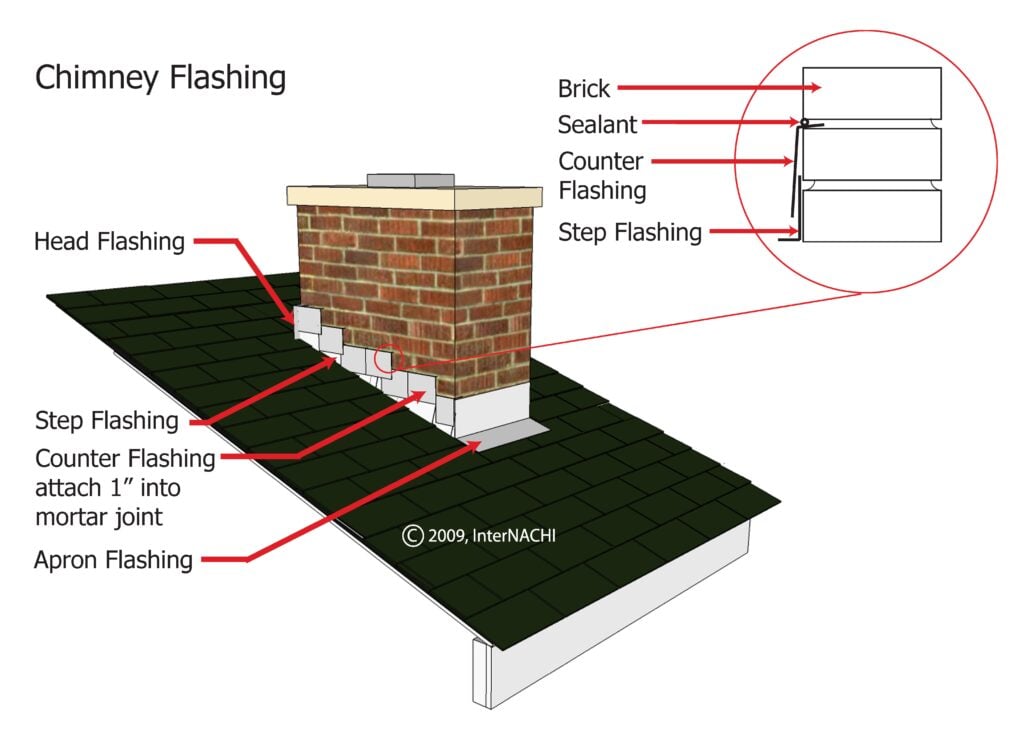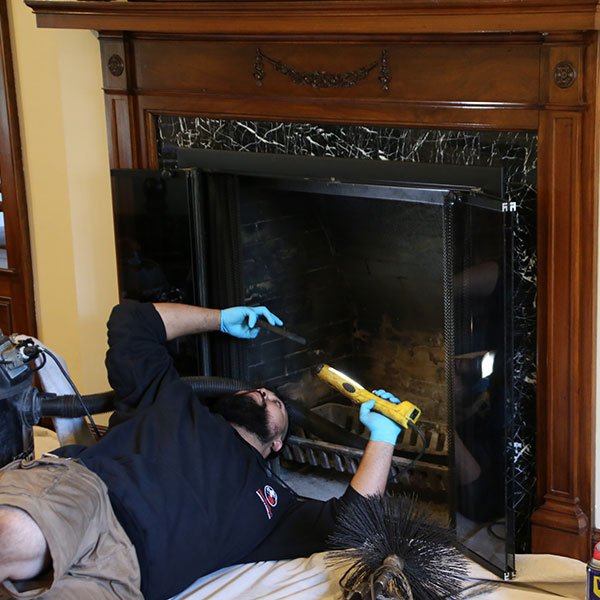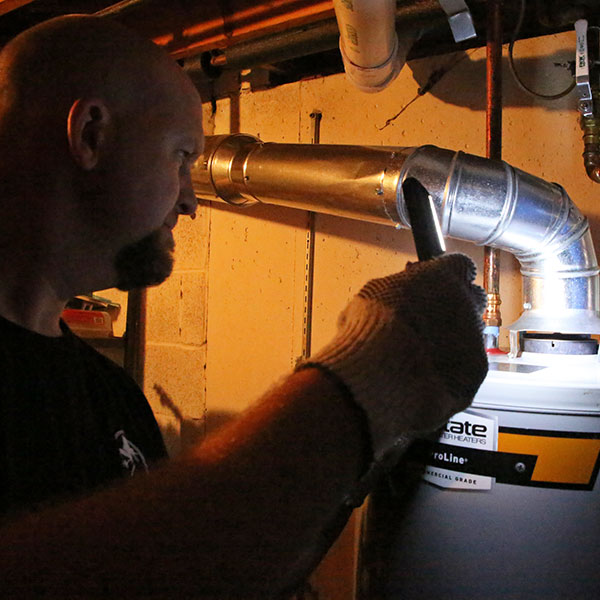The Importance of Waterproofing Your Chimney
Should I Waterproof My Chimney?
 Our customers often ask us “Should I waterproof my chimney?” The short answer to this question is “absolutely!” Waterproofing your chimney is a preventative measure that prolongs the life of the chimney’s masonry. As strong and sturdy as your chimney may be, it must withstand year-round precipitation. From rain to snow, your chimney takes on the elements and needs an extra layer of protection. That is where waterproofing comes in.
Our customers often ask us “Should I waterproof my chimney?” The short answer to this question is “absolutely!” Waterproofing your chimney is a preventative measure that prolongs the life of the chimney’s masonry. As strong and sturdy as your chimney may be, it must withstand year-round precipitation. From rain to snow, your chimney takes on the elements and needs an extra layer of protection. That is where waterproofing comes in.
Do you suspect that your chimney currently has masonry damage? Check out our blog on Signs That You Need Chimney Masonry Repair to learn about common issues that can be addressed during chimney masonry repair.
At Boston’s Best Chimney, we are a one stop chimney service company located in the Boston, Massachusetts area. We perform chimney waterproofing, masonry work, chimney sweeps, and more. Click here or call (781) 893-6611 to get in touch with us.
Waterproofing Agents on Masonry Chimneys
Our team of chimney experts uses ChimneySaver Water-Base Water Repellent to waterproof chimneys. Unlike products that you may find at the hardware store, ChimneySaver is 100% vapor permeable. This means that it prevents water vapors from being trapped and causing internal damage.
It also offers protection from efflorescence (those white streaks that you often see on chimneys) and damage that comes from freezing and thawing by not allowing water to become trapped within the brick structure and expanding/contracting.
To dive into the science of how this works, according to ChimneySaver, this is how their water-base repellent works:
 The repellent “reacts with the minerals in masonry in the presence of ultraviolet light and atmospheric moisture. This reaction forms strong permanent bonds beneath the surface and creates a hydrophobic zone that prevents water molecules from penetrating, while allowing free migration of water vapors. The chemical bonds formed in this process allow ChimneySaver Water-Base Water Repellent to become an integral part of the substrate and provide long term water repellent protection.”
The repellent “reacts with the minerals in masonry in the presence of ultraviolet light and atmospheric moisture. This reaction forms strong permanent bonds beneath the surface and creates a hydrophobic zone that prevents water molecules from penetrating, while allowing free migration of water vapors. The chemical bonds formed in this process allow ChimneySaver Water-Base Water Repellent to become an integral part of the substrate and provide long term water repellent protection.”
As a waterproofing agent for masonry chimneys, ChimneySaver Water-Base Water Repellent stands out among other products in the market and we are confident and proud to use it when waterproofing chimneys.
Have You Waterproofed Your Boston, MA Area Chimney?
If you have not yet waterproofed your chimney, we highly encourage you to do so. This preventative measure will make your chimney last longer and save you time and money on masonry repairs down the road. We are located in Dedham, MA and we serve the Boston and Greater Boston, MA areas. Don’t hesitate to click here or call (781) 893-6611 to ask us questions or schedule an appointment.
The post The Importance of Waterproofing Your Chimney appeared first on Boston's Best Chimney.


 Northeastern Chimney has been installing and servicing fireplaces for nearly four decades. We provide continuing education for our technicians and provide them with the most up-to-date equipment on the market.
Northeastern Chimney has been installing and servicing fireplaces for nearly four decades. We provide continuing education for our technicians and provide them with the most up-to-date equipment on the market.

 What your chimney damper does
What your chimney damper does
 Buildup in the flue
Buildup in the flue Maintaining a dedicated furnace or boiler vent system
Maintaining a dedicated furnace or boiler vent system
 Is The Chimney Damper Open Or Closed?
Is The Chimney Damper Open Or Closed?